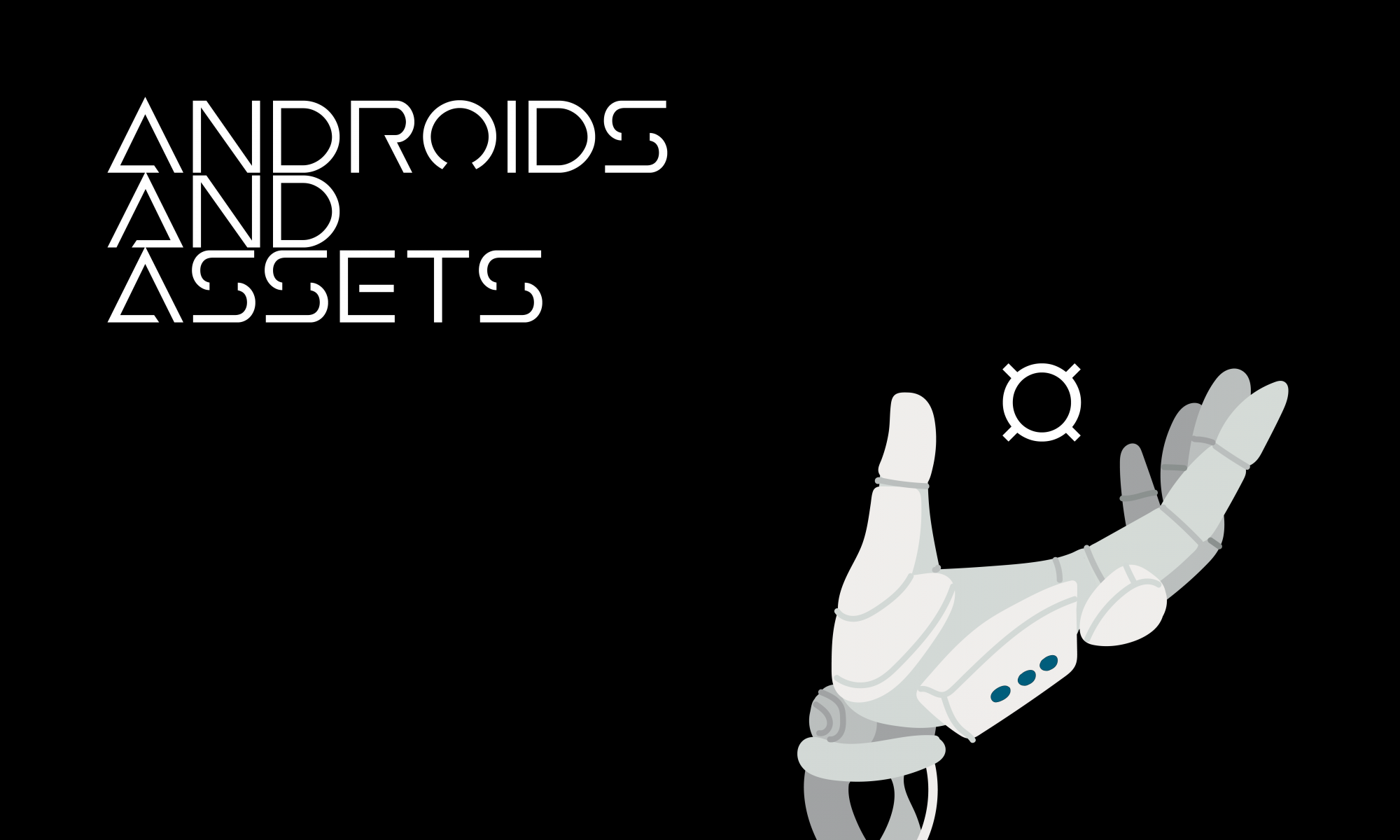
Podcast: Play in new window | Download
Subscribe: Google Podcasts | Spotify | iHeartRadio | TuneIn | Deezer | RSS

The political economy of speculative fiction

Podcast: Play in new window | Download
Subscribe: Google Podcasts | Spotify | iHeartRadio | TuneIn | Deezer | RSS

Episode 3 of Star Wars Month. We’ve seen Star Wars Episode VIII: The Last Jedi. Now you can hear us talk about it. Poe Dameron is a space hero, yoda is a know-it-all, bad guys sell weapons.
Podcast: Play in new window | Download
Subscribe: Google Podcasts | Spotify | iHeartRadio | TuneIn | Deezer | RSS
Valerian and the City of a Thousand Planets may look like a futuristic sci-fi story but, like all science fiction, it is as much about the world of the author as it is the world of the characters. Based on 1960s comic books of Pierre Christin, Valerian tells not only of our time but also of post-war France and Belgiums’s fading colonial power, where migrants from colonies were often abused and marginalized. The comic book Valérian and Laureline, on which the recent movie is based, clearly shows reflections of the society in which Christin lived.
On a chilly October day in downtown Paris, the French National Police shot and killed an ‘unknown’ (100-300) number of French protesters, largely of North African heritage, who were opposed to the ongoing Algerian War. To cover up the crime, a bulldozer was brought in and the murdered citizens were unceremoniously dumped in the Seine. The attack was ordered by police chief and former Vichy (French Nazi) regime officer Maurice Papon, who also oversaw the 1962 Massacre of French communists in the Charonne metro station as well as contributing the general ethos of thuggish racist machismo in Parisian police culture. He started his illustrious law career torturing French resistance members and hunting Jewish French citizens who had evaded deportation to concentration camps. In his 1998 war crimes trial, Papon was found to be associated with some 1,600 cases of people he helped to turn over to the Nazis. The return to wartime brutality and overt racism of the Paris Massacre remains a dark and contested chapter in short history of the 6th Republic, where France’s ongoing imperialist interventions in its former North African colonies continue to this day; this old narrative of empire rebranded under the “war on terror” inc. brand.

But what does this ugly incident have to do with 2017 summer box office bomb Valerian and the City of a Thousand Planets Dir. Luc Besson. In fact, the Paris Massacre is paid a small homage at the end of the movie, where the Pearls of planet Mül are being killed and their slain bodies are falling into a shimmering, water-like, energy barrier. This is a nod to the colonial legacy that the comic Valerian and Laureline struggles with to this day. This drives at the liminality of this movie’s politicization. The Pearl Massacre is used in this scene not so much to make a statement on the genocidal bent of imperialism and a death before dishonor mentality, but as emotional leverage for the motivation of the central characters. It is strangely dialectical in how it holds “war is wrong”, but only the “brave soldiers of humanity (France/America/NATO) can end the killing”. The contradiction of the doctrine of peace through western imperialism is the central conceptual tension in this film and in our own ideology today. We admonish war deaths and genocide, blind to our own complicit role. Luc Besson doesn’t transcend this blind spot, but is ham-fisted enough to make it a clear example of this moronic and naïve belief that is driving the Western World deeper into a terror of its own making.